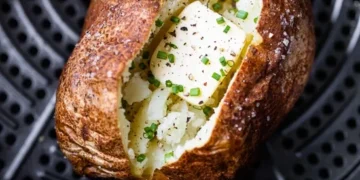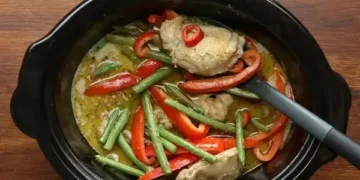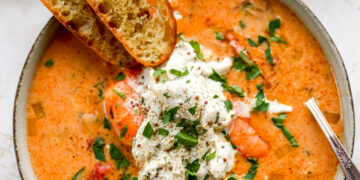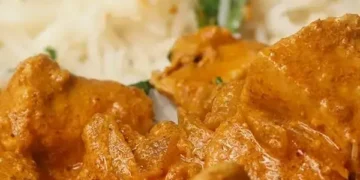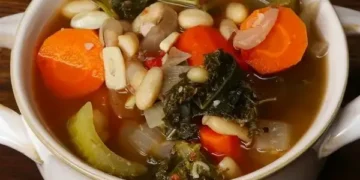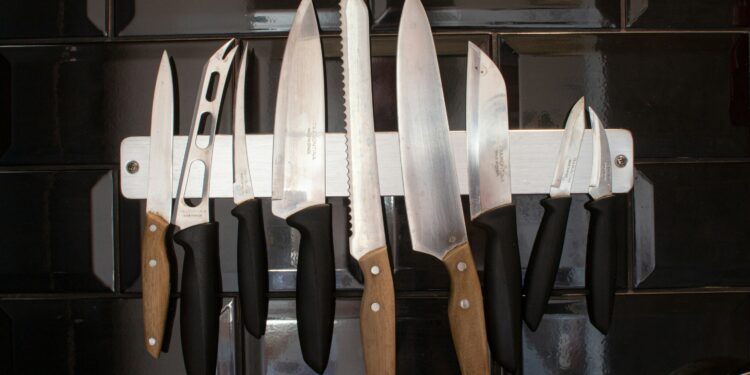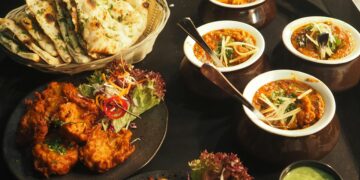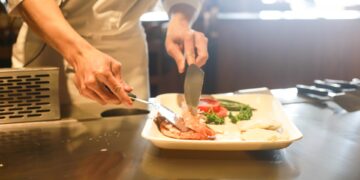Knives comprehensive guide
Comprehensive guide on different types of knives, their uses, and proper cutting techniques for chopping, slicing, and dicing various ingredients:
Types of Knives:
Chef’s Knife: A versatile, all-purpose knife with a broad blade tapering to a point. Usually 8-10 inches long, it’s perfect for chopping, slicing, and dicing.
Paring Knife: Small, with a blade typically 3-4 inches long. Ideal for delicate tasks like peeling fruits and vegetables, trimming, and intricate cutting.
Serrated Knife (Bread Knife): Features a serrated edge, perfect for slicing through foods with tough exteriors and soft interiors, like bread, tomatoes, and citrus fruits.
Utility Knife: Smaller than a chef’s knife, around 4-7 inches long. Useful for tasks that require more precision than a chef’s knife, such as cutting sandwiches and small fruits.
Boning Knife: Thin, flexible blade designed for removing bones from meat, poultry, and fish. Typically 5-7 inches long, with a pointed tip.
Cleaver: A large, heavy knife with a rectangular blade. Used for splitting meat and chopping through bones.
Santoku Knife: Japanese-style knife with a straight edge and a slightly shorter, wider blade compared to a chef’s knife. Ideal for slicing, dicing, and mincing.
Filleting Knife: Thin, flexible blade designed specifically for filleting fish, with a pointed tip and a blade length of around 6-9 inches.
Sushi Knife (Yanagiba): Long, thin blade designed for slicing raw fish in precise, smooth cuts. Typically used in Japanese cuisine.
Cutting Techniques:
Chopping:
- Grip the knife handle firmly with your dominant hand and place your other hand on top of the blade to guide it.
- Use a rocking motion, lifting the knife slightly with each chop.
- Keep the tip of the knife in contact with the cutting board while chopping.
Slicing:
- Hold the food steady with your non-dominant hand, keeping your fingers curled under to avoid injury.
- Use a smooth, steady motion to slice through the food, maintaining a consistent thickness.
Dicing:
- Start by slicing the food into planks or strips of the desired thickness.
- Stack the slices and cut them into sticks, then turn them 90 degrees and dice into cubes.
Julienning:
- Cut the food into long, thin strips similar to matchsticks.
- Maintain a steady hand and use a smooth, fluid motion to achieve uniform strips.
Mincing:
- Finely chop the food using a rocking motion, keeping the tip of the knife in contact with the cutting board.
- Continue chopping until the food reaches the desired fineness.
Proper Cutting Techniques:
Grip:
- Hold the knife firmly but not too tightly to maintain control.
- Position your fingers securely on the handle, with your thumb resting on the side of the blade for stability.
Posture:
- Stand with your feet shoulder-width apart and your body facing the cutting board.
- Keep your back straight and your shoulders relaxed to prevent strain.
Cutting Board:
- Use a stable, non-slip cutting board to prevent accidents.
- Place a damp cloth or paper towel underneath to keep it from sliding.
Knife Maintenance:
- Keep your knives sharp by regularly honing them with a sharpening steel or using a knife sharpener.
- Wash them by hand with mild soap and water, and dry them immediately to prevent rust.
Safety:
- Always cut away from your body to avoid accidental injury.
- Curl your fingers under and use a claw grip to protect them while cutting.
By understanding the different types of knives, their uses, and proper cutting techniques, you can improve your culinary skills and enhance the efficiency and safety of your kitchen experience. Practice regularly to master these techniques and enjoy the art of cooking to the fullest.
You need to login or register to bookmark/favorite this content.
Categories
- * Blog (8)
- * Recipes (85)
- Air fryer (1)
- Appetizers (9)
- Breakfast (9)
- Desserts (12)
- Fish & Seafood (9)
- Main Course (18)
- Salads (9)
- Sauces And Dressings (10)
- Slow cooker (9)
- Soups (14)
- Spice blend (8)
Product categories
- Clothing (4)
- eBooks (5)
- Kitchen (1)
- Membership (3)
- Promotional items (2)


